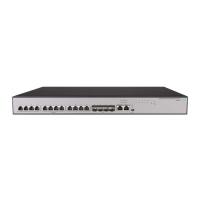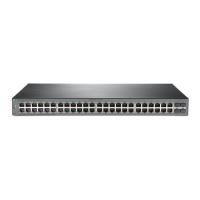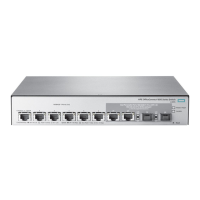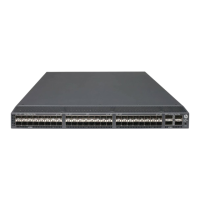86
Client and local portal Web server interaction protocols
HTTP and HTTPS can be used for interaction between an authentication client and a local portal
Web server. If HTTP is used, there are potential security problems because HTTP packets are
transferred in plain text. If HTTPS is used, secure data transmission is ensured because HTTP
packets are secured by SSL.
Portal page customization
To perform local portal authentication, you must customize a set of authentication pages that the
device will push to users. You can customize multiple sets of authentication pages, compress each
set of the pages to a .zip file, and upload the compressed files to the storage medium of the device.
On the device, you must specify one of the files as the default authentication page file.
Authentication pages are HTML files. Local portal authentication requires the following
authentication pages:
• Logon page
• Logon success page
• Logon failure page
• Online page
• System busy page
• Logoff success page
You must customize the authentication pages, including the page elements that the authentication
pages will use, for example, back.jpg for authentication page Logon.htm.
Follow the authentication page customization rules when you edit the authentication page files.
File name rules
The names of the main authentication page files are fixed (see Table 20). You can define the names
of the files other than the main authentication page files. File names and directory names are case
insensitive.
Table 20 Main authentication page file names
Main authentication page File name
Logon page logon.htm
Logon success page logonSuccess.htm
Logon failure page logonFail.htm
Online page
Pushed after the user gets online for online notification
online.htm
System busy page
Pushed when the system is busy or the user is in the logon process
busy.htm
Logoff success page logoffSuccess.htm
Page request rules
The local portal Web server supports only Get and Post requests.
• Get requests—Used to get the static files in the authentication pages and allow no recursion.
For example, if file Logon.htm includes contents that perform Get action on file ca.htm, file
ca.htm cannot include any reference to file Logon.htm.
• Post requests—Used when users submit username and password pairs, log in, and log out.

